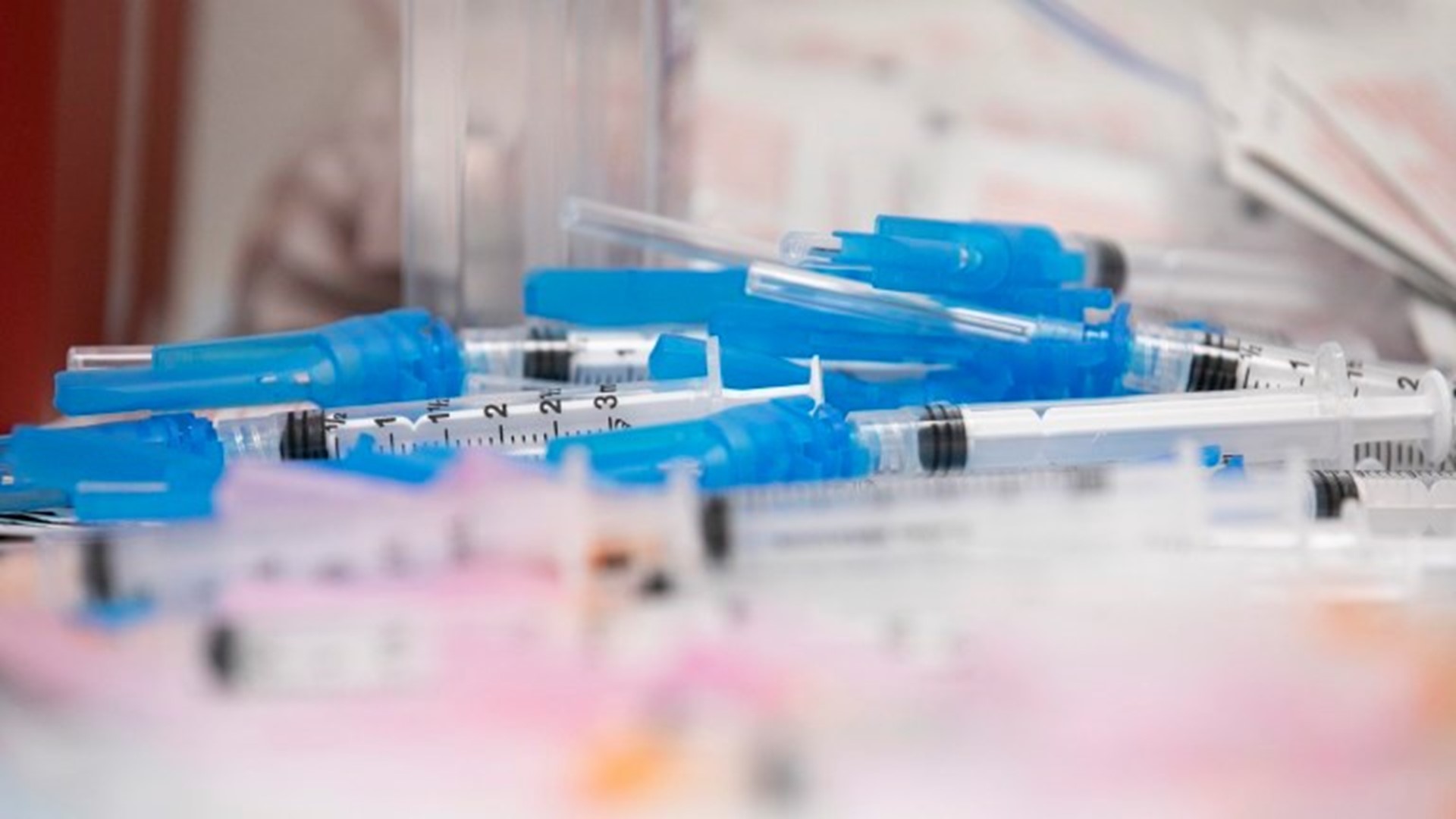SACRAMENTO, Calif. — After a slow start, California’s vaccine rollout is now on par with dozens of other states, having given just over 8% of the population at least one dose of the vaccine. However, with over 2 million doses available and just waiting to go into arms, many are saying the state isn’t doing enough.
“When you have a raging forest fire in Napa, you don’t sprinkle water on the hills of San Diego. Right?” said Dr. David Lubarsky, CEO of UC Davis Health. “It’s not that they don’t need to be watered, they do. But you really need to get your fire engines where the fire is.”
Dr. Lubarsky explained the problem with California’s current vaccination strategy.
“I think now when we have something that’s so far-reaching and that affects not only the entire state but the entire world, that a direct command and control mechanism during emergencies such as this are absolutely critical."
Up to this point, each of California’s 58 counties has been setting its own rules. Dr. George Rutherford, professor of epidemiology at UC San Francisco says he thinks Blue Shield of California stepping in to coordinate distribution will help.
“I think this third party administrator will smooth out some of the maldistributions through the counties,” said Dr. Rutherford.
Susan Bonilla, CEO of the California Pharmacists Association explained what counties have been up against.
“There just wasn’t enough direction from the state,” said Bonilla. "Or sometimes they would get direction and then the direction would change."
She explained the confusion this caused for pharmacists
“We found ourselves in a position where some pharmacists in one county were told they could do this. Another next-door county, they couldn’t.”
Dr. Rutherford highlighted the confusion of the initial rollout.
“We made this jump from having all these fine tiers to and sub-tiers and everything to saying, ‘Okay, everybody over 65, come on down. That’s what sort of created this huge rush. And when people wanted to get vaccine there wasn’t any,” he explained.
Dr. Lubarsky, Dr. Rutherford, and Bonilla praised the county health departments for the work they have done but also said those same departments have been underfunded for years and have been negotiating intense stress. They said the blame and responsibility going forward rests with the state.
“The standardization of who is prioritized needs to come from the state, very clearly so the counties understand who is in line to get this vaccine,” said Bonilla.
Dr. Lubarsky also challenged the current confusion and inefficiency caused by trying to maintain “equity.”
“I think we could do a little better job in re-thinking about this where we’re really focused on equitable distribution. Um, and like I said, when there’s a forest fire, you don’t worry about equitably watering everybody’s lawn. You direct the fire hoses where the problem really is.”
Dr. Lubarski offered some suggestions for improving the system.
“What I’d like to see is focused vaccine administration to those patients who are most at risk, that we know are most at risk. Who it’s likely if they catch the disease are likely to be hospitalized, require an ICU or potentially die. But then set up our mass vaccination centers in communities with a disproportionate impact. And allow whole families where COVID might be spreading in a rampant fashion to come in and all get vaccinated. And not limit it by age,” he said.
Bonilla suggests we might also need to re-think California’s mass vaccination sites.
“We’ve heard from a lot of our elderly patients that they can’t drive. Or there’s no bathrooms at some of these large sites. They can’t sit in their cars for hours,” she explained.
“It’s not just how many vaccines a particular location can give, it should be the number of locations within a given community. That’s the volume I think we should be looking at to really make sure that everyone can get that shot in their arm,” said Bonilla.

















